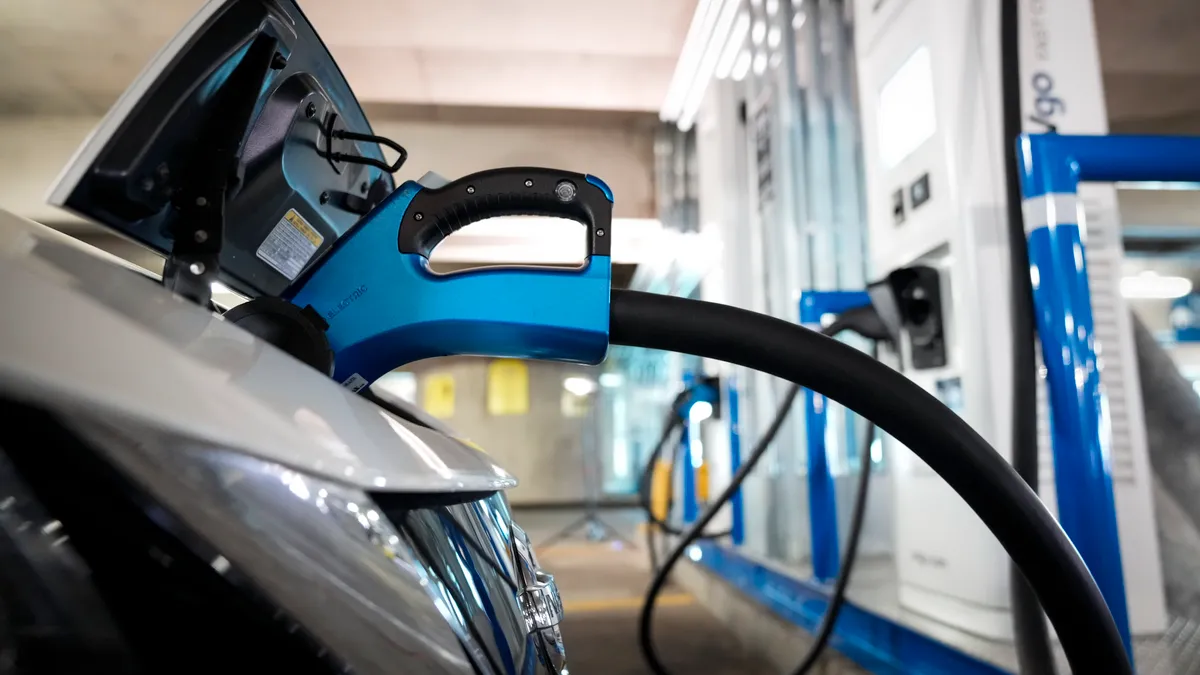Education, community engagement and adaptation will be key to bring cleaner mobility choices to low income neighborhoods and communities of color as the country makes the transition to electric vehicles (EV), experts said during an online webinar hosted by global consulting services company ICF.
Low income neighborhoods and communities of color are more affected by transport-generated air pollution and have fewer resources to pay for new EVs, according to ICF Senior Director of Transportation Electrification and ICF Climate Center Stacy Noblet. Power utility companies, aided by cities, transportation providers, and non-governmental organizations, can assist in providing access to electric transportation in those underserved communities, panelists said.
"It's important to think about how different segments are going to engage with electrification," said Garrett Fitzgerald, principal of electrification at the Smart Electric Power Alliance.
Most car buyers do not purchase factory-new vehicles, Fitzgerald said, and low income buyers are the least likely to do so. That means that although auto manufacturers are producing more EVs, it will be some years before they reach a large majority of car owners.
"We really have to expand the purview of what electrification means, beyond just light-duty, personally owned vehicles, but to include public transportation, school buses, ride-hailing [transportation network companies], electric bicycles, [and] the second-hand market," Fitzgerald said.
Lower income households rely on school buses, for instance, more than higher income families, and nearly 95% of school buses are diesel powered, according to Matt Stanberry, managing director of Highland Electric Transportation. Air quality within these vehicles can also be up to 12 times dirtier than ambient air quality, leading to asthma and other childhood health issues, said Stanberry.
Just a few years ago, there was little interest in electric school buses, Stanberry said. But now, he said school districts are looking to electrify their fleets. "That’s a sea change," he said.
While it’s important to replace older and more polluting vehicles, transportation equity legal counsel for the Greenlining Institute, Román Partida-López asked: “Are we actually deploying community-led solutions?”
Partida-López urged setting equity goals as part of any electrification plan, which should include engagement with the community and a willingness on the part of cities and transit agencies to learn, adapt, and adjust their programs as needed.
Exelon joined with Lyft in Baltimore, for example, to provide 100 electric ride-share vehicles in a pilot program to serve low and middle income communities. "We believe that partnering with our customers and our communities is key to understanding what their needs are and how we can help in this transition," said Denise Galambos, vice president of utility oversight at utility company Exelon.
"The benefits of any program cannot be fully realized if people within the communities aren't aware of them," said Noblet.










